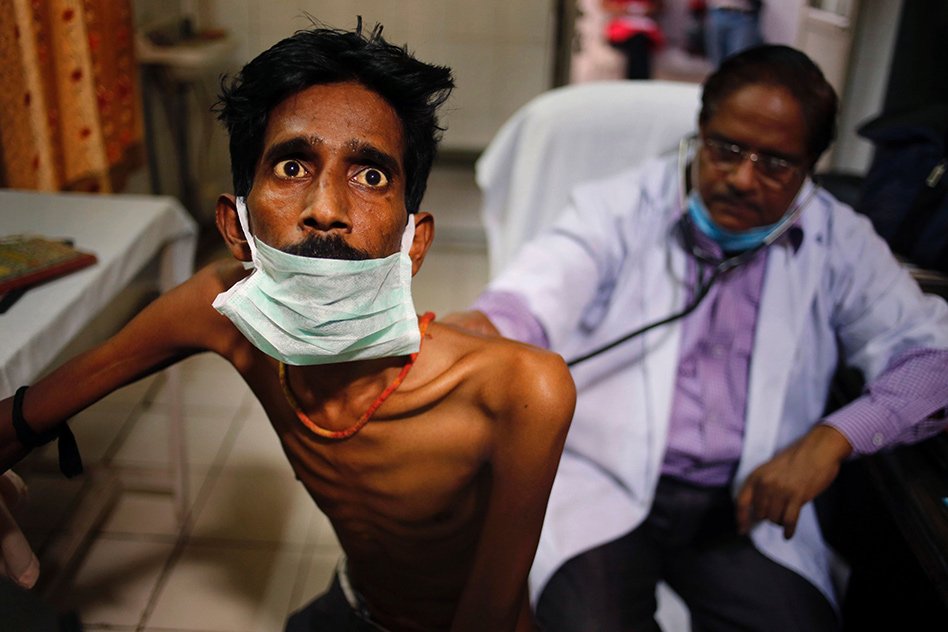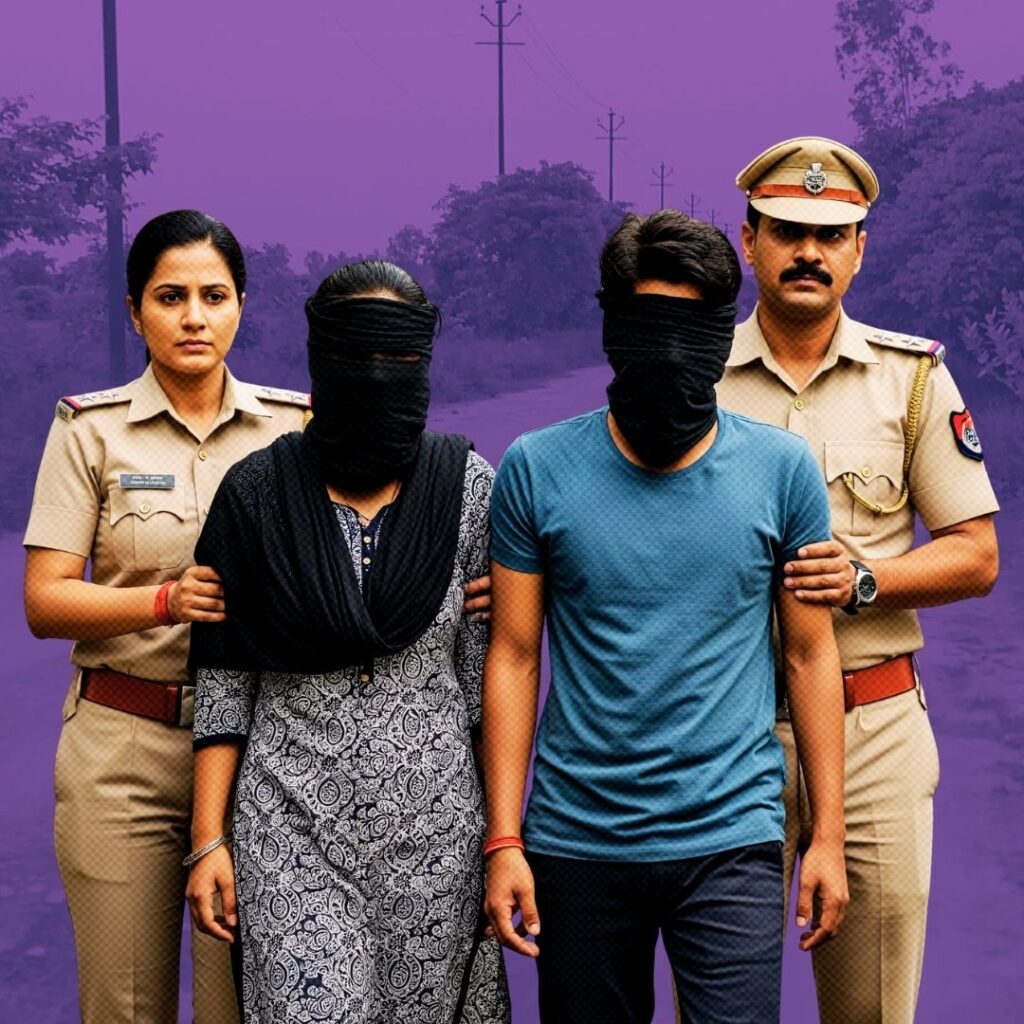Image Source: scientificamerican
One of the many challenges we face today is health and protection against infectious diseases. Unarguably one of the most common chronic, painful infections taking innumerable lives every year is tuberculosis. Tuberculosis, or TB for short, is a chronic granulomatous infection.
What causes TB?
A bacterium known as Mycobacterium tuberculosis
How does it spread?
– Often from the sputum coughed up by an infected individual
– At times, due to consumption of unboiled raw milk from infected cattle
Which organs are damaged?
– The most common organ affected is the lung
– When due to infected milk ingestion, the intestine may be involved
– Rarely, lymph nodes, bones, joint spaces, kidney, brain
How does the disease occur?
A person with TB harbours the bacteria often in large numbers in his/her lungs. When they cough, TB patients expectorate or cough up sputum which contains the bacteria. It can remain suspended in the form of small droplets. These droplets can be inhaled by a healthy individual, giving the bacteria a mode of entry into the body. The bacteria reach the lung where they start destroying the lung tissue. The body reacts to this invasion, causing an inflammatory reaction in the lungs, which only hastens the process of lung tissue damage and death.
Symptoms of the disease:
– Chronic cough, lasting more than two to three weeks
– Presence of blood stained, or plain sputum with chronic cough
– Chest pain, difficulty in breathing
– Long-standing fever which shows a rise in the evenings
– Night sweats, chills
– Loss of appetite, inadvertent loss of weight
– Fatigue
On noting the above symptoms, particularly cough lasting more than 2 weeks, a doctor must be visited. Generally, two sputum samples are collected and tested.
Can it be treated?
Although a dangerous, potentially lethal disease, TB is curable. Drugs are available, which, when administered as required, can completely cure the disease. India has a tuberculosis program, the RNTCP, under which free diagnosis and treatment is to be provided to all TB patients. Treatment for uncomplicated TB takes 6 months, but requires no hospitalisation.
DOTS, or directly observed treatment-short course is a program under which domicile treatment is allowed.
– For the first two months, the patient receives isoniazid, rifampicin, ethambutol and pyrazinamide thrice a week. A health worker or DOTS provider watches the patient swallow the tablet. At the end of the intensive treatment, the patient is non-infective and generally experiences relief symptomatically.
– Over the next four months, the patient receives weekly packs of isoniazid and rifampicin to be taken thrice a week.
Multiple drugs are used in order to treat all possible forms and strains of the bacteria, and also, to prevent the bacteria from developing drug resistance.
Vaccine: Not only is the disease curable, but it can also be prevented altogether. The national immunisation program covers the TB vaccine, BCG. A single dose of BCG is injected at birth, and is sufficient to provide lifelong immunity in most cases.
Problems faced:
In spite of having such an efficient, convenient system in place, TB is still rampant in India.
– At times, drugs are not available at the health centres
– Since many drugs need to be consumed, or due to side effects, patients leave the treatment midway
– At the end of two months, symptoms may disappear causing some to believe they have been cured. This has led to emergence of new drug resistant strains.
The challenges can be overcome keeping the following points in mind:
– It is essential to get all newborns (except suspected HIV cases) immunised against TB.
– Chronic cough must be investigated
– Treatment must be completed as per the advice of the doctor.











